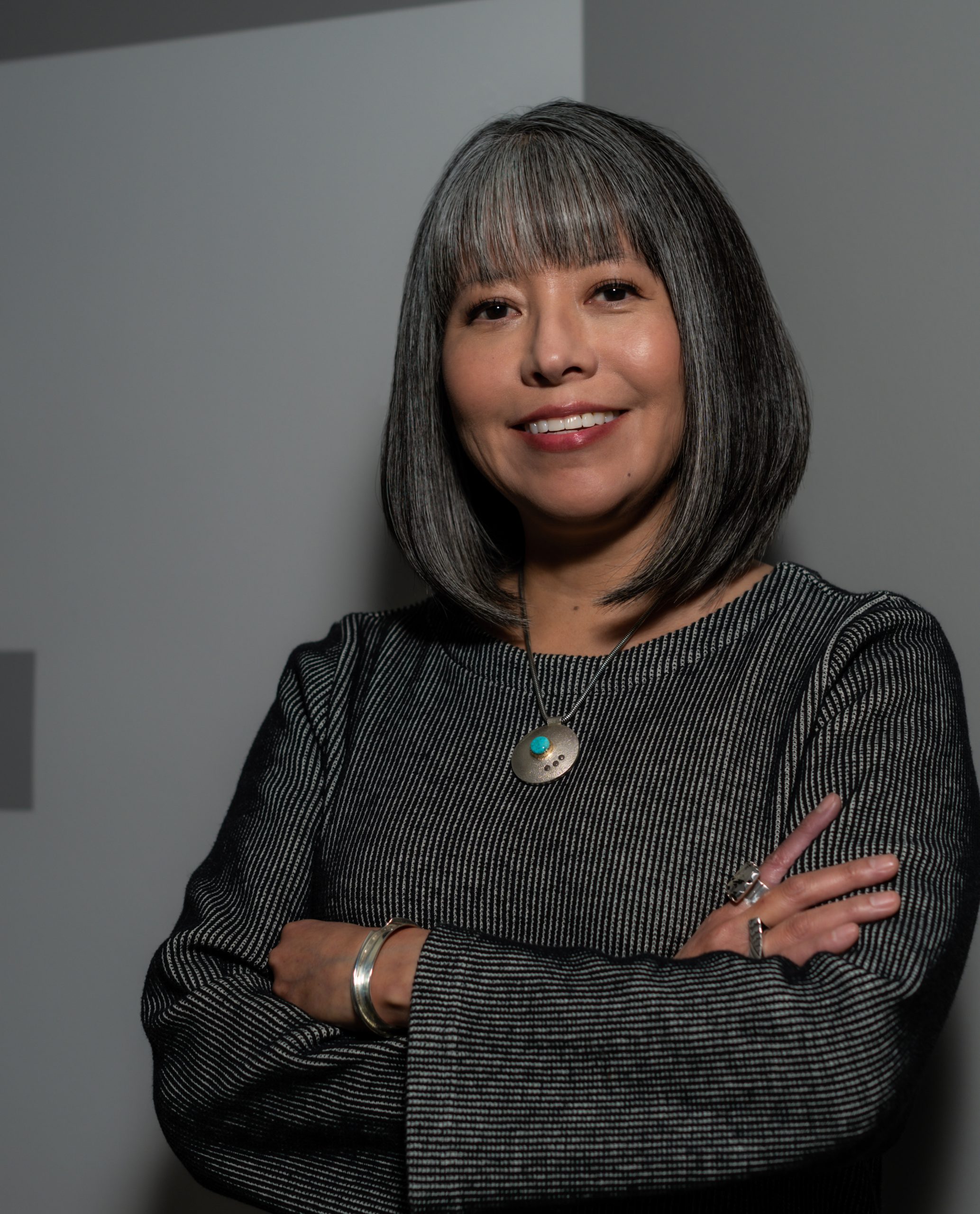Indianz.Com > News > Native woman takes helm at National Museum of the American Indian
Native woman takes helm at National Museum of the American Indian
Wednesday, January 19, 2022
Indianz.Com
WASHINGTON, D.C. — A Native woman is making history as the new leader of the National Museum of the American Indian.
Cynthia Chavez Lamar, a citizen of the Pueblo of San Felipe, was announced as director of the NMAI on Wednesday. She is the first Native woman to lead the museum and the first Native woman director within the entire Smithsonian Institution.
“Dr. Chavez Lamar is at the forefront of a growing wave of Native American career museum professionals,” Lonnie Bunch, Secretary of the Smithsonian, said in a news release. “They have played an important role in changing how museums think about their obligations to Native communities and to all communities.”
“We look forward to Cynthia’s leadership as the NMAI enters a new phase of service to the Native Peoples of the Western Hemisphere,” said Bunch, who is the 14th Secretary of the Smithsonian.
Chavez Lamar has worked in a number of positions as the museum, starting off as an intern in 1995 and serving as associate curator from 2000 through 2005. Since January 2021, she has been acting associate director for collections and operation. Immediately prior to that, she was assistant director for collections between 2014 and 2020. “I am excited to begin my tenure as the director of the National Museum of the American Indian,” said Chavez Lamar. “I am looking forward to leading and working with the museum’s experienced and dedicated staff.” “Together, we will leverage the museum’s reputation to support shared initiatives with partners in the U.S. and around the world to amplify Indigenous knowledge and perspectives all in the interest of further informing the American public and international audiences of the beauty, tenacity and richness of Indigenous cultures, arts and histories,” she added.Accomplished curator, author, scholar and current acting associate director for collections and operations, Dr. Cynthia Chavez Lamar (San Felipe Pueblo), will lead our @SmithsonianNMAI. We look forward to her leadership. https://t.co/6LxQeFo5Gb
— Lonnie G. Bunch III (@SmithsonianSec) January 19, 2022
Chavez Lamar helped launch the NMAI during its debut in September 2004. She was the lead curator for the “Our Lives” exhibit at the facility on the National Mall in Washington, D.C. Over 20,000 Native people, representing American Indian, Alaska Native, Native Hawaiian and other Native communities throughout the Americas, attended the opening celebration. Chavez Lamar’s first official day on the job is February 14. She is the third director of NMAI, which was established by Congress through the National Museum of the American Indian Act of 1989. W. Richard West Jr., a citizen of the citizen of the Cheyenne and Arapaho Tribes, was the founding director of the NMAI. He served from 1990 to 2007. The second director was Kevin Gover, a citizen of the Pawnee Nation, who served from December 2007 until January 2021. He is now the Under Secretary for Museums and Culture at the Smithsonian Institution. Machel Monenerkit, a citizen of the Comanche Nation, has been serving as acting director of NMAI since January 2021. NMAI’s portfolio includes the George Gustav Heye Center in New York, New York and the Cultural Resources Center in Suitland, Maryland, not far from the nation’s capital. The facility in D.C. features the National Native American Veterans Memorial. It was completed in November 2020.Congratulations to Cynthia Lamar Chavez, new director of National Museum of the American Indian!
— indianz.com (@indianz) January 19, 2022
She is first Native woman to be named @smithsonian museum director. She hails from Pueblo of San Felipe.
First official day @SmithsonianNMAI is February 14, 2022. #NativeWomenLead pic.twitter.com/u3NkpZvjjp
National Museum of the American Indian
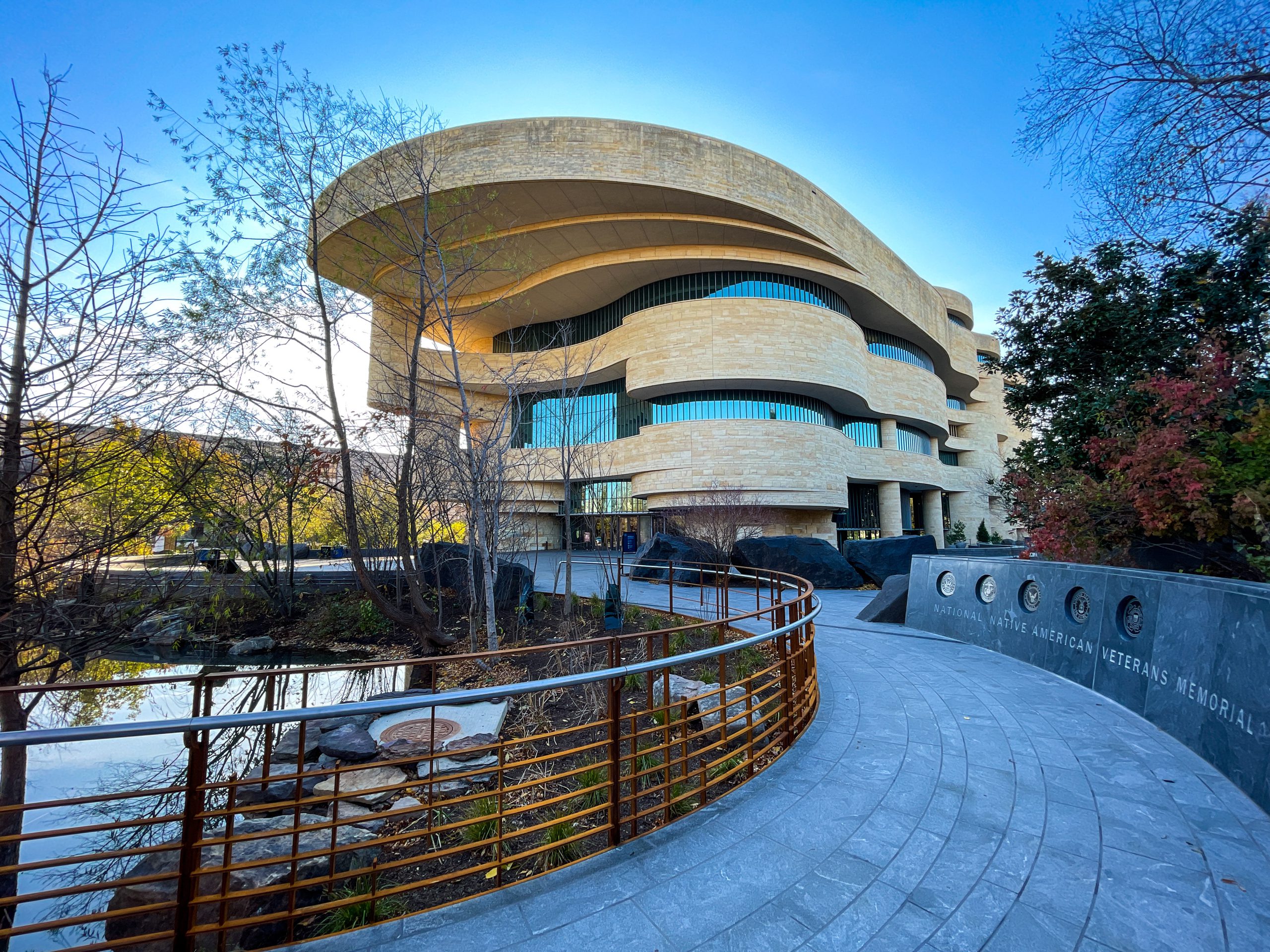
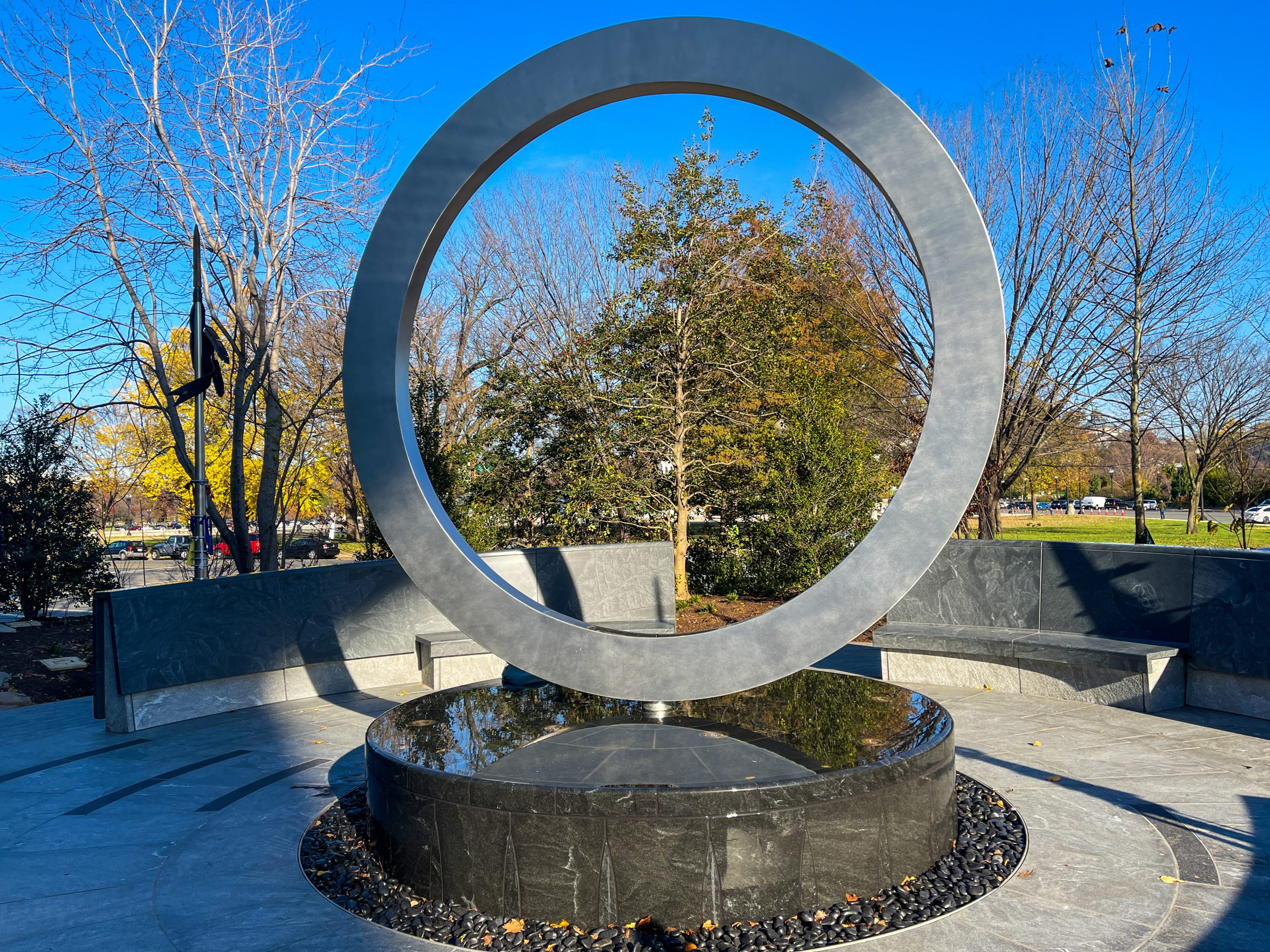
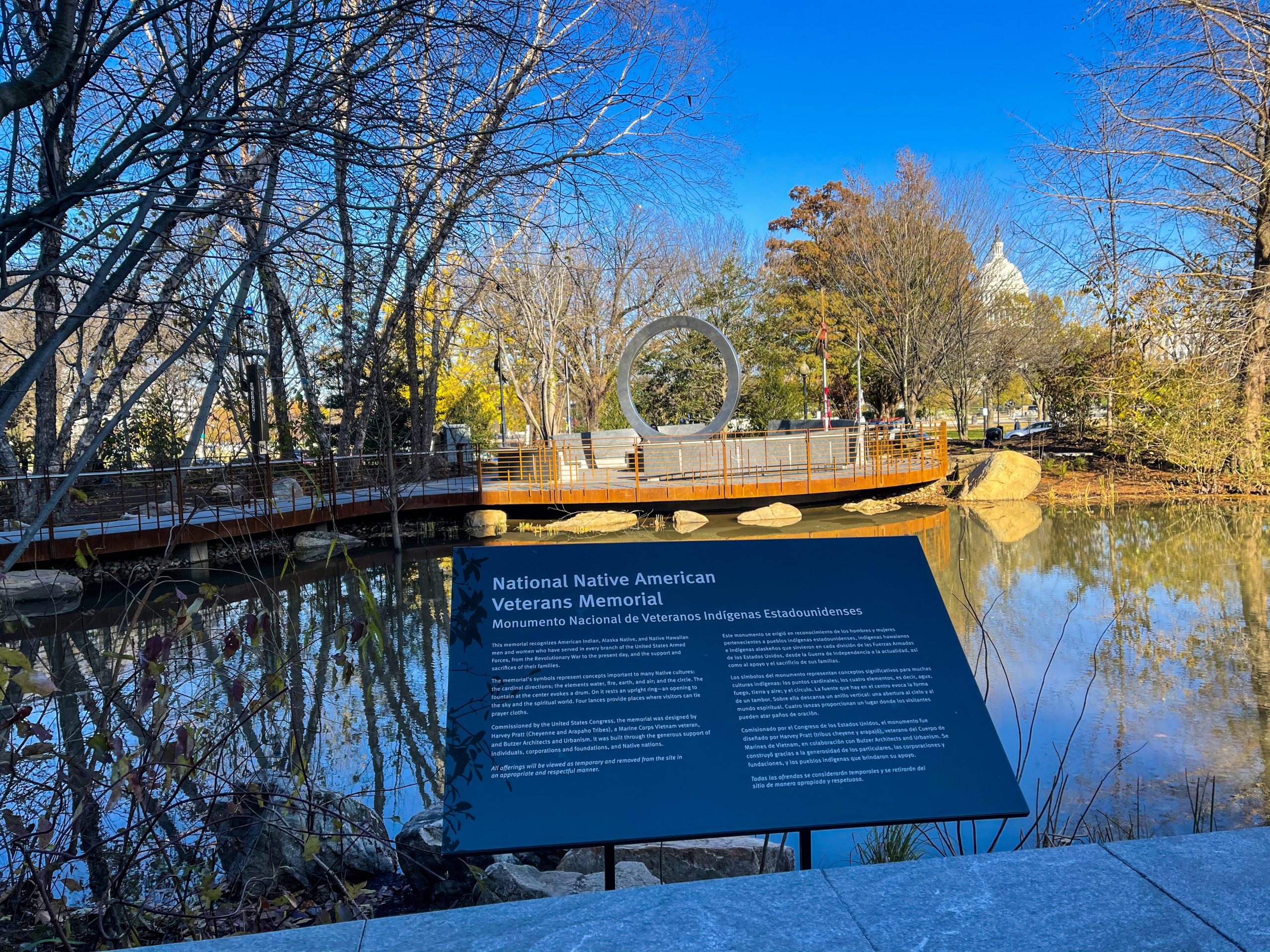
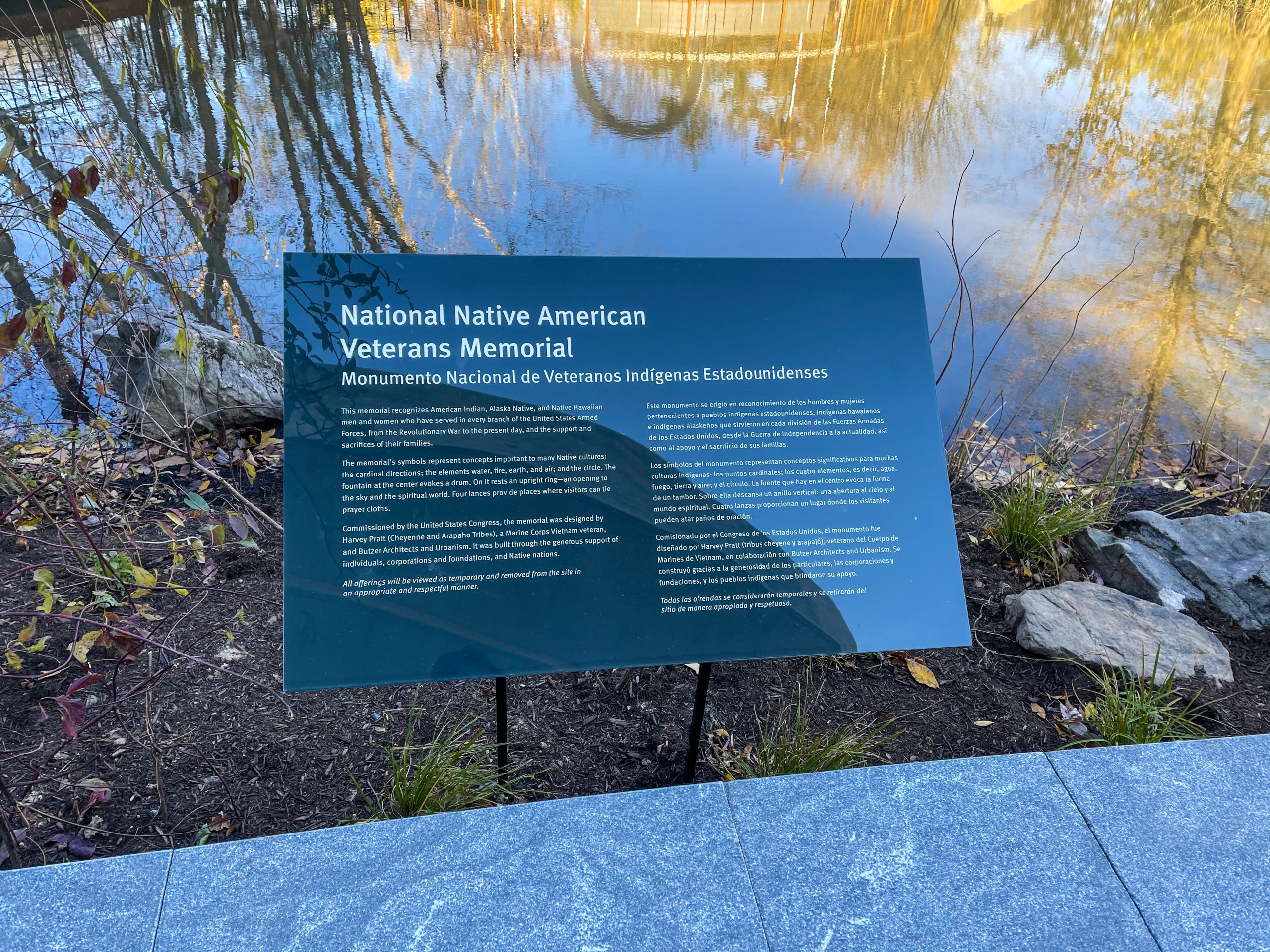
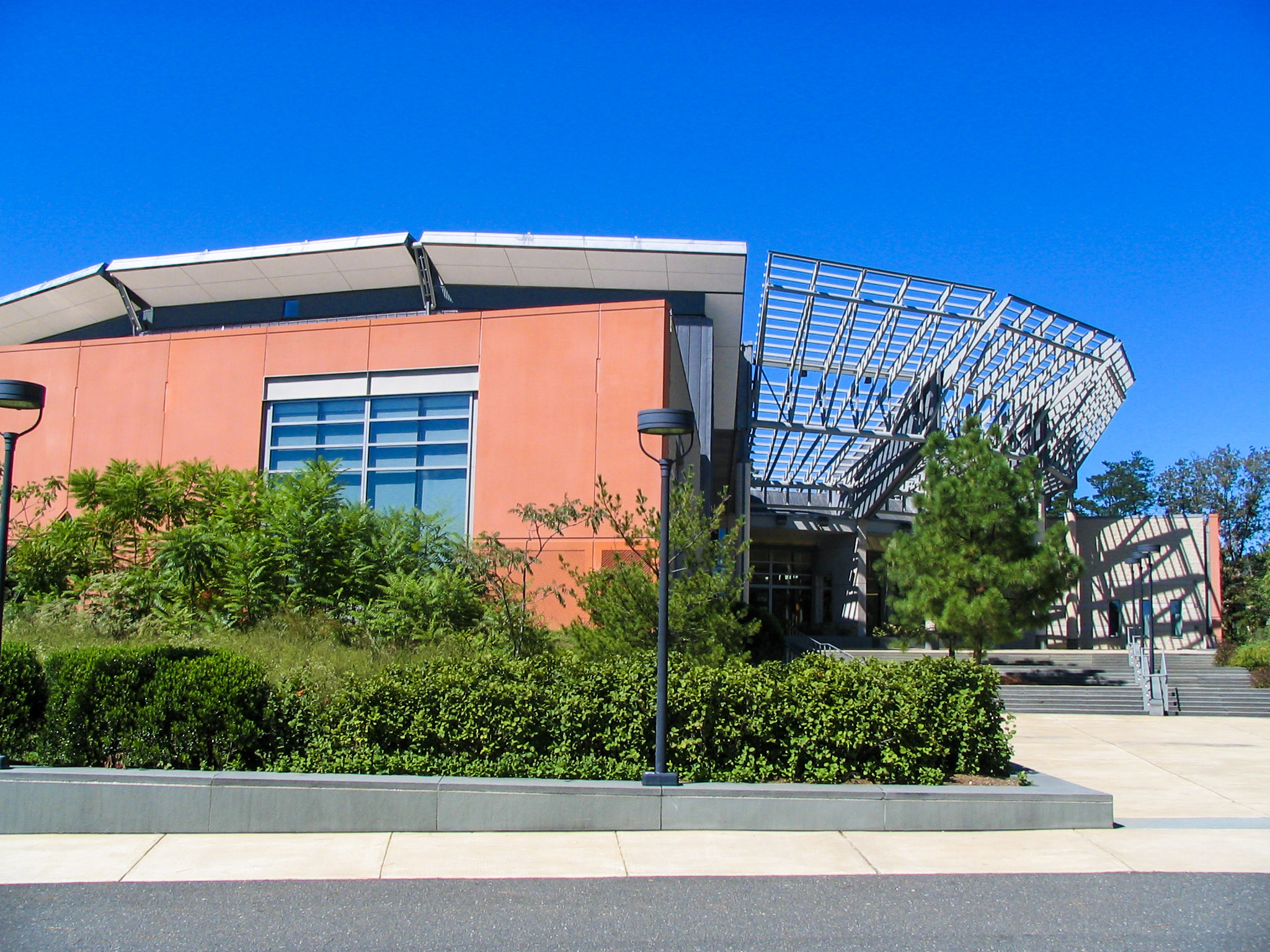
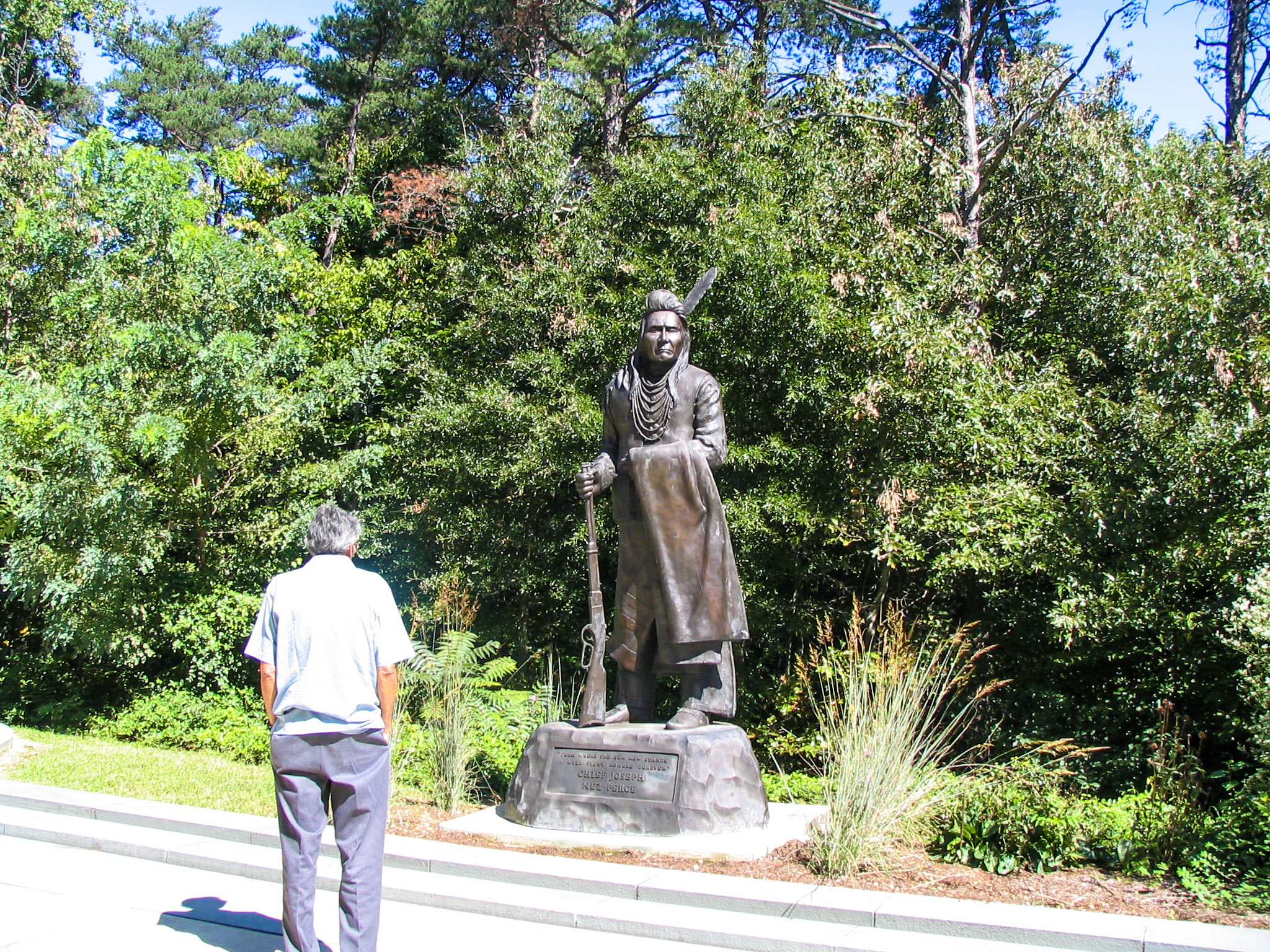
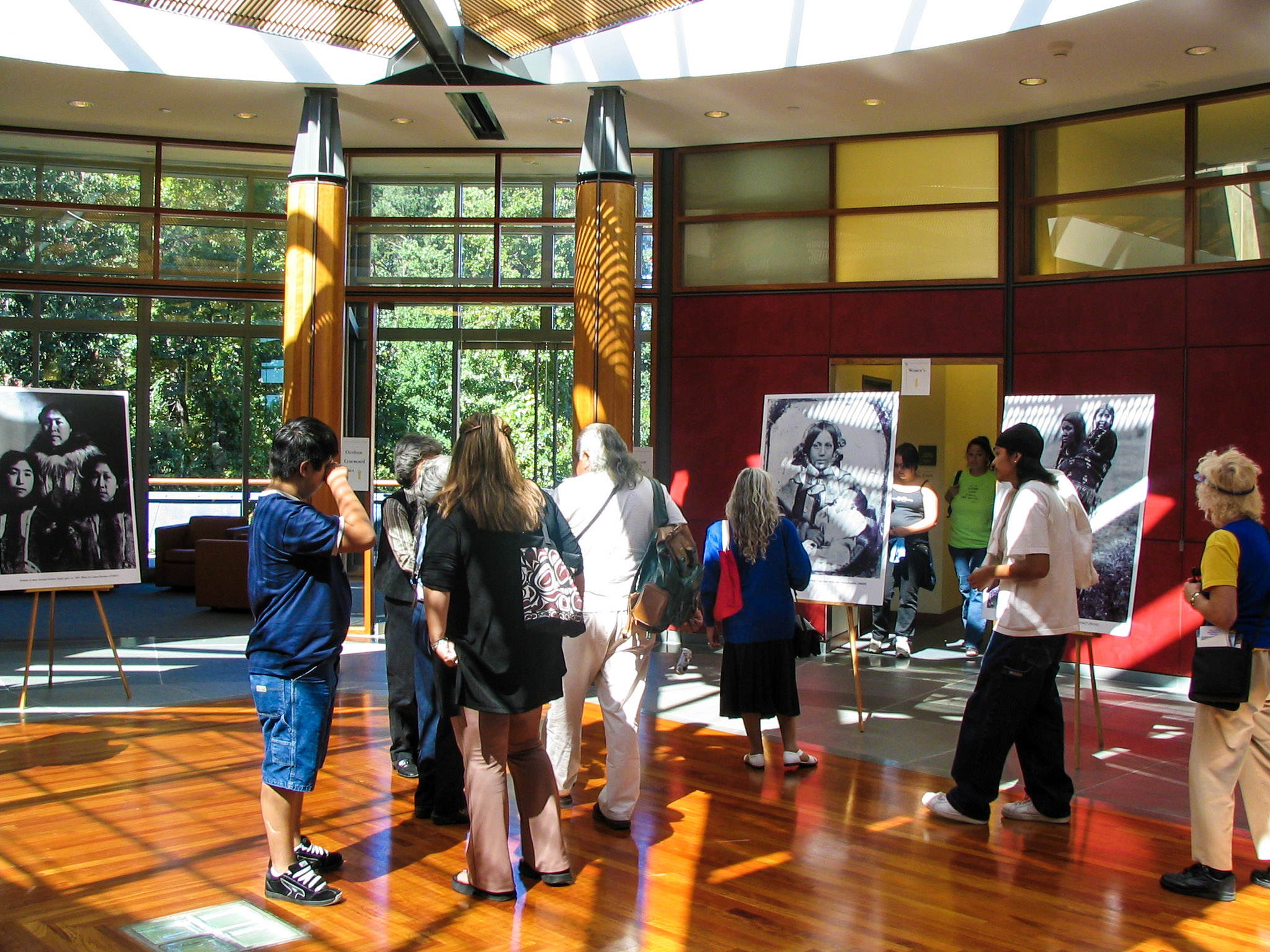
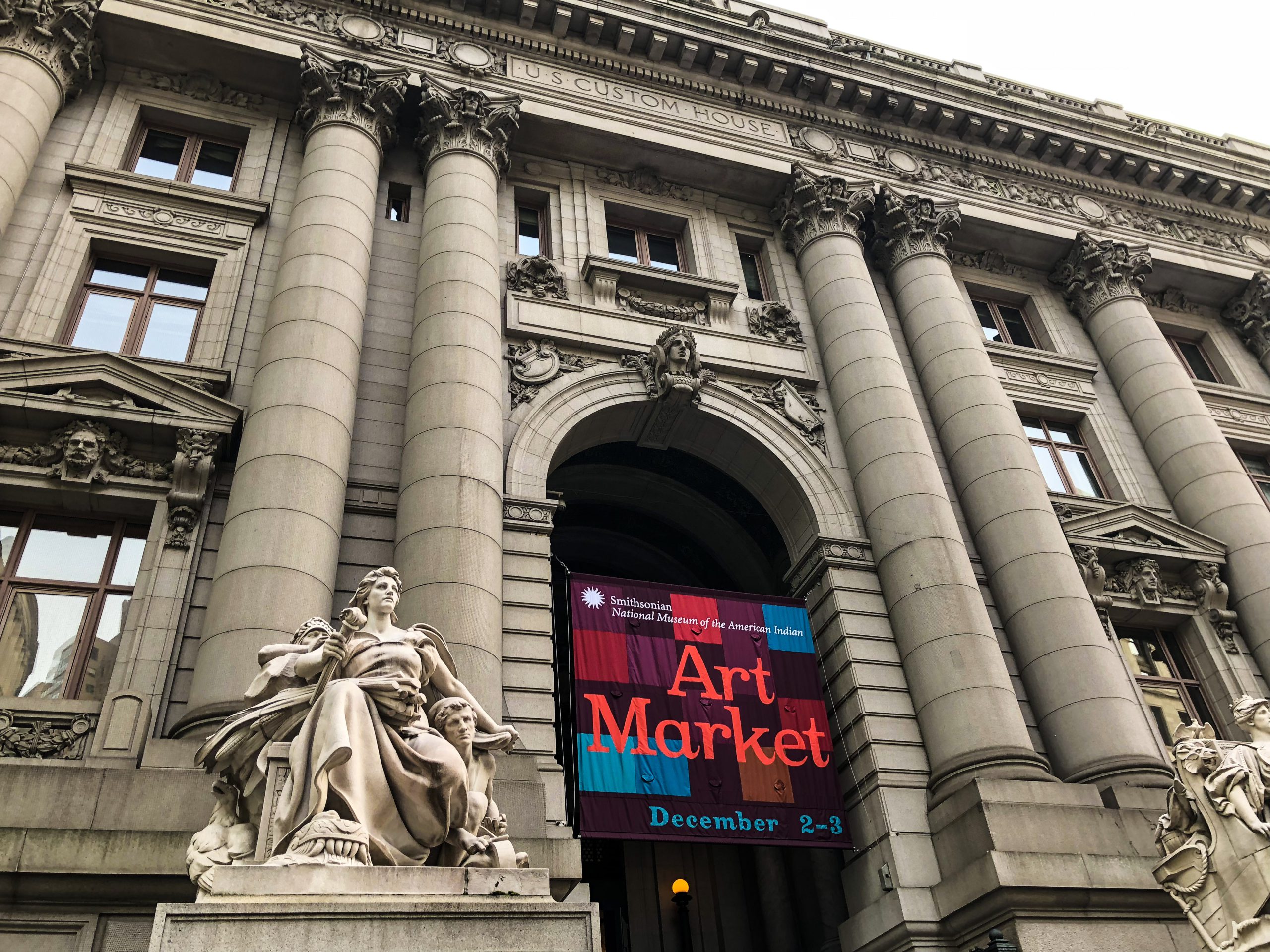
Cynthia Chavez Lamar Named Director of the National Museum of the American Indian
The following is the text of a January 19, 2021, news release from the Smithsonian Institution.
Cynthia Chavez Lamar has been named director of the Smithsonian’s National Museum of the American Indian, effective Feb. 14. She is the first Native woman to be named as a Smithsonian museum director. Chavez Lamar has been at the museum most recently since 2014, and earlier in her career was a museum intern (1994) and later an associate curator (2000–2005). She is currently the museum’s acting associate director for collections and operations. Chavez Lamar is an accomplished curator, author and scholar whose research interests are focused on Southwest Native art and the methodologies and practices involved in collaborating with Indigenous communities.
Chavez Lamar will oversee the museum’s three facilities: the National Museum of the American Indian on the National Mall in Washington, D.C., the museum’s George Gustav Heye Center in Lower Manhattan and the Cultural Resources Center in Suitland, Maryland. The Cultural Resources Center houses the museum’s collections and its curatorial and repatriation offices; laboratories and work rooms for conservation, collections management, registration, photography, film and video; a computer and information-resource center; a library; and indoor and outdoor spaces for Native cultural care practices and use of the collections.
“Dr. Chavez Lamar is at the forefront of a growing wave of Native American career museum professionals,” said Lonnie Bunch, Secretary of the Smithsonian. “They have played an important role in changing how museums think about their obligations to Native communities and to all communities. We look forward to Cynthia’s leadership as the NMAI enters a new phase of service to the Native Peoples of the Western Hemisphere.”
Since January 2021, Chavez Lamar has served as acting associate director for collections and operations at the museum. She is responsible for overseeing its collections, facilities, safety and information technology departments. She leads efforts to ensure effective management of and care for the museum’s collection, which is composed of more than 1 million objects and photographs and more than 500,000 digitized images, films and other media documenting Native communities, events and organizations.
“I am excited to begin my tenure as the director of the National Museum of the American Indian,” said Chavez Lamar. “I am looking forward to leading and working with the museum’s experienced and dedicated staff. Together, we will leverage the museum’s reputation to support shared initiatives with partners in the U.S. and around the world to amplify Indigenous knowledge and perspectives all in the interest of further informing the American public and international audiences of the beauty, tenacity and richness of Indigenous cultures, arts and histories.”
From 2014 through 2020, Chavez Lamar served as assistant director for collections at the museum. In this role, she guided the overall stewardship of the museum’s collection, which is one of the largest and most extensive collections of Native and Indigenous items in the world. Chavez Lamar led museum efforts to improve collection access and availability by advocating for and encouraging an increase in the number of collections online. She supported the development of a collection-information system module to record access, care and handling instructions provided by tribal, nation and community representatives. Chavez Lamar also established and prioritized partnerships and collaboration with Native nations and tribes and developed a loan program for tribal museum and cultural centers that provides training and technical assistance to enhance collections stewardship and reconnects descendant communities with the museum’s collections.
Chavez Lamar was the director of the Indian Arts Research Center at the School for Advanced Research in Santa Fe, New Mexico, from 2007 to 2014. While there, she raised the visibility of the 12,000-object collection and developed institutional projects and programming to highlight it. She also led and supported the development of Guidelines for Collaboration to assist Native communities in accessing museum collections and museums working collaboratively with them.
From 2006 to 2007, she was the director of the Indian Pueblo Cultural Center in Albuquerque, New Mexico.
From 2000 to 2005, Chavez Lamar was an associate curator at the National Museum of the American Indian and the lead curator for “Our Lives,” one of the inaugural exhibitions in the Washington, D.C., museum when it opened in 2004. She collaborated with eight Native communities on the exhibition.
Chavez Lamar was a presidential appointee to the Institute of American Indian and Alaska Native Culture and Arts Development in 2011. She was a governor’s appointee as a commissioner to the New Mexico Arts Commission from 2009 to 2012. She currently sits on the advisory group for Indigenous North America at the Princeton University Art Museum, and she is a member of the advisory board at the Colorado Springs Fine Arts Center at Colorado College.
Chavez Lamar is an enrolled member at San Felipe Pueblo, and her ancestry also includes Hopi, Tewa and Navajo on the maternal side of her family. She earned a bachelor’s degree from Colorado College in studio art, a master’s degree in American Indian studies from UCLA and a doctorate in American studies from the University of New Mexico. She also received an honorary doctorate from Colorado College for her contributions to the museum field.
Chavez Lamar is the third director of the National Museum of the American Indian. She succeeds Kevin Gover (Pawnee), who served as director from December 2007 until January 2021. He is now the Smithsonian’s Under Secretary for Museums and Culture. The founding director was W. Richard West Jr. (Southern Cheyenne), who led the museum from 1990 to 2007. Machel Monenerkit has served as acting director of the National Museum of the American Indian since Gover left in January 2021.
Search
Filed Under
Tags
More Headlines
Montana Free Press: Hip-hop artist Foreshadow celebrates latest release
Cronkite News: Bill creates alert system for missing and murdered relatives
Bureau of Indian Affairs approves HEARTH Act regulations for Mohegan Tribe
House Subcommittee on Indian and Insular Affairs sets field hearing for self-determination anniversary
Native America Calling: Sometimes, COVID doesn’t go away
Native America Calling: The changing landscape for subsistence hunting and fishing
Press Release: Oklahoma Indian Gaming Association weighs in on sports betting legislation
Press Release: Sen. Mike Rounds (R-South Dakota) calls for commission on crime in Indian Country
Press Release: Sen. Schatz (D-Hawaii) criticizes closure of Department of Education
NAFOA: 5 Things You Need to Know this Week (March 24, 2025)
Chuck Hoskin: Cherokee Nation lives up to its values
Native America Calling: Native in the Spotlight with Norma Kawelokū Wong
Montana Free Press: Bill addresses law enforcement on Flathead Reservation
Cronkite News: Republicans in Congress push for health care cuts
Native America Calling: Native Playlist with Morgan Toney, Tanaya Winder and The Reztones
More Headlines
Cronkite News: Bill creates alert system for missing and murdered relatives
Bureau of Indian Affairs approves HEARTH Act regulations for Mohegan Tribe
House Subcommittee on Indian and Insular Affairs sets field hearing for self-determination anniversary
Native America Calling: Sometimes, COVID doesn’t go away
Native America Calling: The changing landscape for subsistence hunting and fishing
Press Release: Oklahoma Indian Gaming Association weighs in on sports betting legislation
Press Release: Sen. Mike Rounds (R-South Dakota) calls for commission on crime in Indian Country
Press Release: Sen. Schatz (D-Hawaii) criticizes closure of Department of Education
NAFOA: 5 Things You Need to Know this Week (March 24, 2025)
Chuck Hoskin: Cherokee Nation lives up to its values
Native America Calling: Native in the Spotlight with Norma Kawelokū Wong
Montana Free Press: Bill addresses law enforcement on Flathead Reservation
Cronkite News: Republicans in Congress push for health care cuts
Native America Calling: Native Playlist with Morgan Toney, Tanaya Winder and The Reztones
More Headlines
